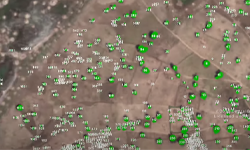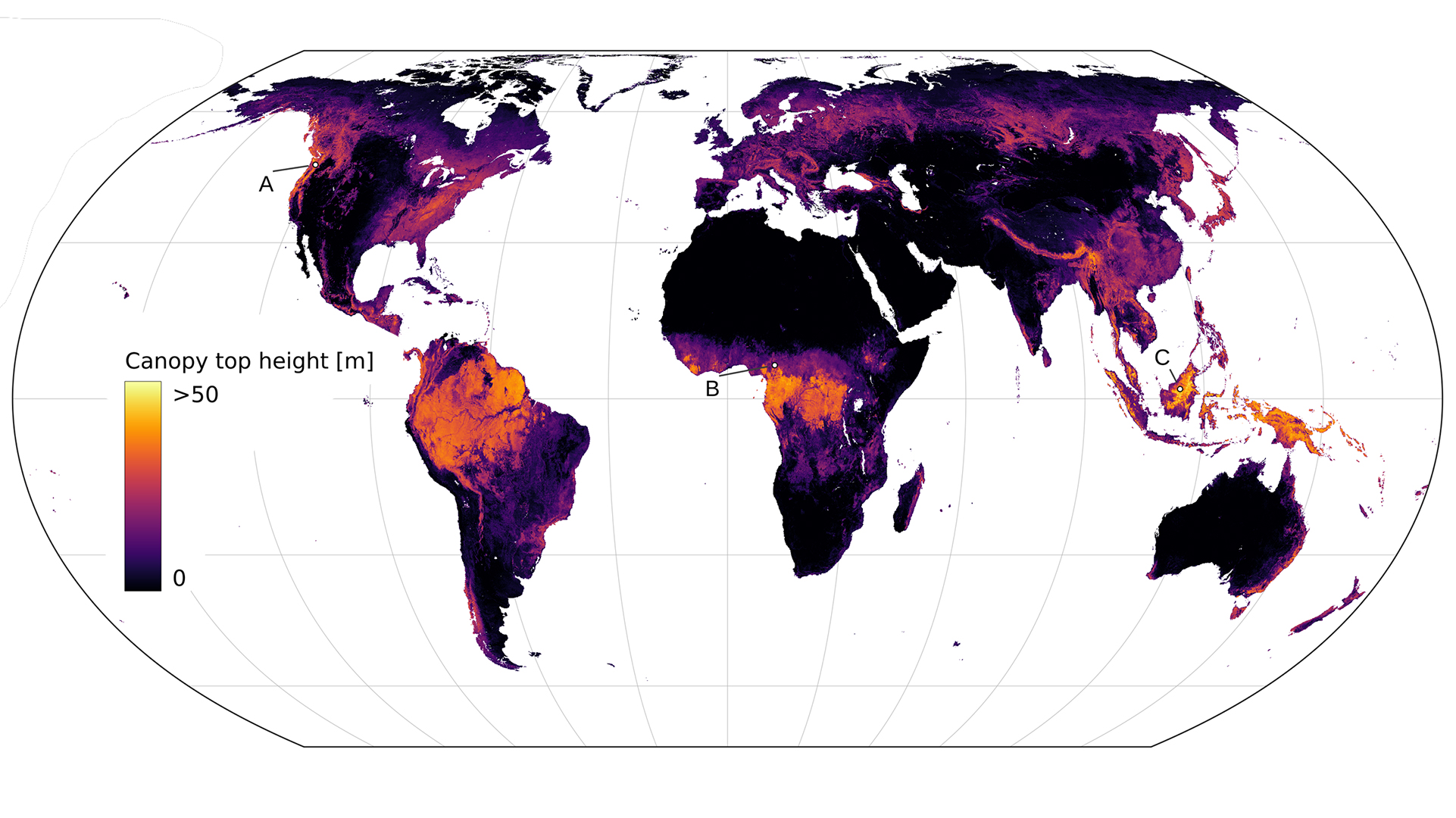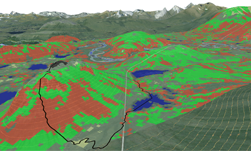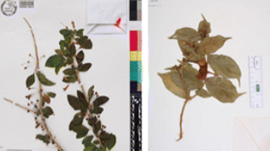NASA scientists and collaborators have achieved a supercomputing and AI breakthrough, a deep learning model that has the potential, with some limitations, to map the location and size of every tree worldwide.
The new model, described in a new Nature paper, lays the foundation for a more accurate global measure of carbon storage on land.
In this particular study, the team counted over 1.8 billion trees and shrubs in a 1.3 million km2 area, covering the western-most portion of the Sahara Desert.
The team first prepared their model for training by manually labeling nearly 90,000 individual trees across a variety of terrain. The team then used the GPU-accelerated Blue Waters supercomputer, with TensorFlow and NVIDIA GPUs, to map the crown diameter of a tree, which is width of a tree when viewed from above.
“Mapping non-forest trees at this level of detail would take months or years with traditional analysis methods, compared to a few weeks for this study,” the scientists said. “The use of very high-resolution imagery and powerful artificial intelligence represents a technology breakthrough for mapping and measuring these trees.”
Once trained, the AI model can automatically identify and map trees over large areas in only a few hours. Getting an accurate count of trees in this part of the world provides information to policymakers, conservationists, and researchers, that can aid them during on-the-ground conservation efforts.
“There are important ecological processes, not only inside, but outside forests too,” said Jesse Meyer, a programmer at NASA Goddard who led the processing on Blue Waters. “For preservation, restoration, climate change, and other purposes, data like these are very important to establish a baseline. In a year or two or ten, the study could be repeated with new data and compared to data from today, to see if efforts to revitalize and reduce deforestation are effective or not. It has quite practical implications.”
The researchers say their next step is to count a much larger area in Africa and to create a global database of all trees growing outside of forest areas.










